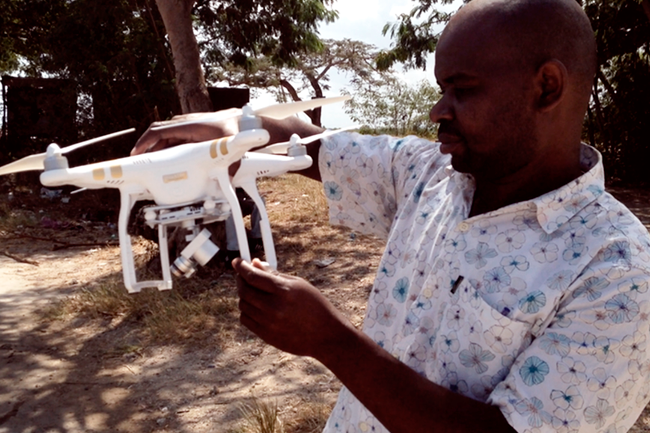Since scientists started using drones to help fight malaria in Zanzibar, parts of the country have seen a notable drop in prevalence levels. There has been a decrease from 40% of the population having the disease to less than 1%.
Aberystwyth University in Wales and the Zanzibar Malaria Elimination Programme have partnered to test the use of drones for mapping aquatic malaria habitats. Drones prove crucial in this task as one of the main challenges for disease managers is finding the small water bodies where mosquitoes breed.
According to a Quartz Africa report, by using one of the most popular off-the-shelf drones – the Phantom 3, which is about the size of a shoebox, weighing in at 1.2 kg – a single miniature aircraft is able to survey a 30 ha rice paddy field in 20 minutes. The imagery can also be analysed and processed on the same day to locate and map these hotspots.
Looking ahead, the partners plan to incorporate the drone imagery into smartphone technology to help guide larvicide spraying teams to water bodies on the ground, as well as to track their coverage and progress.


